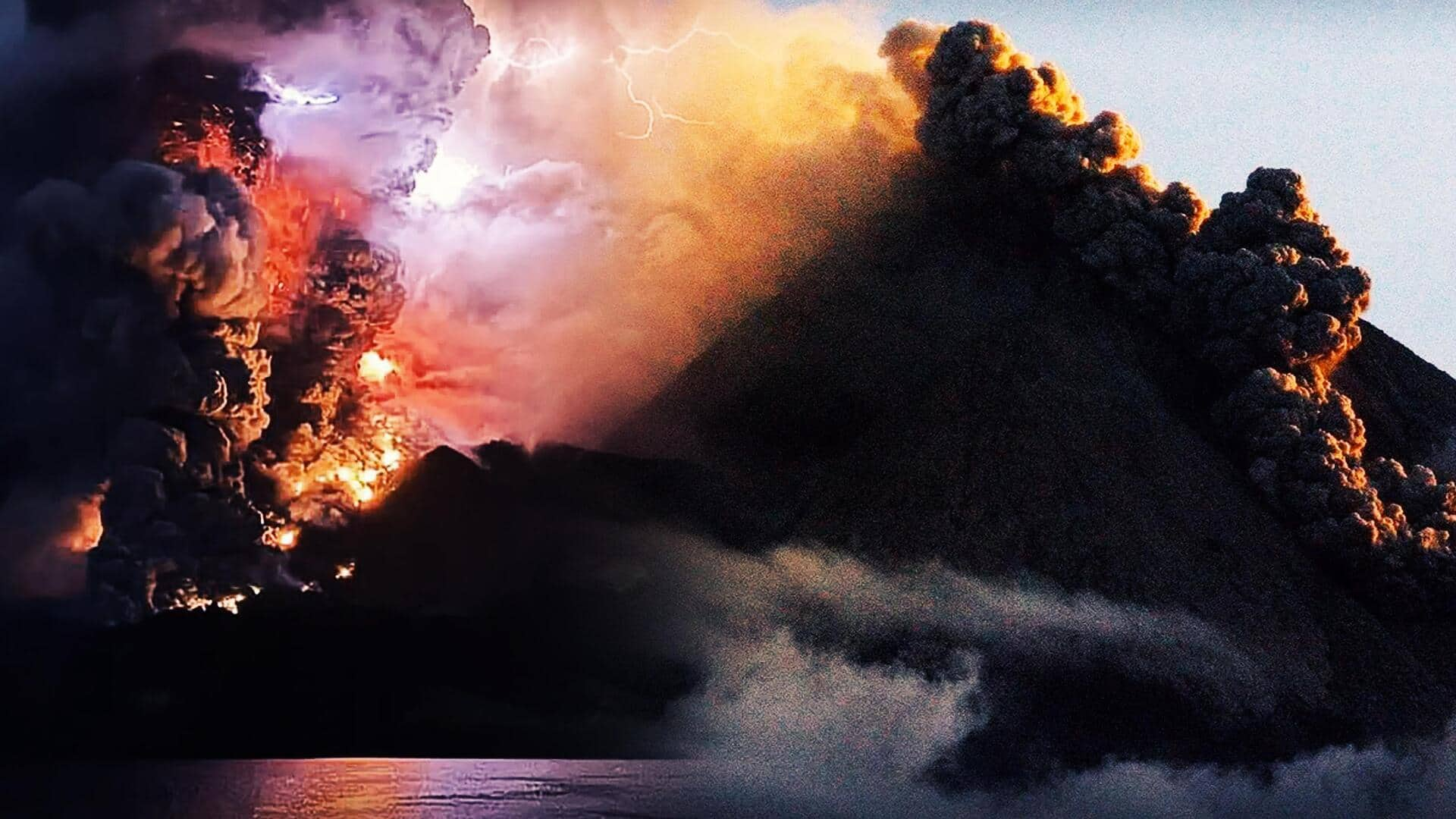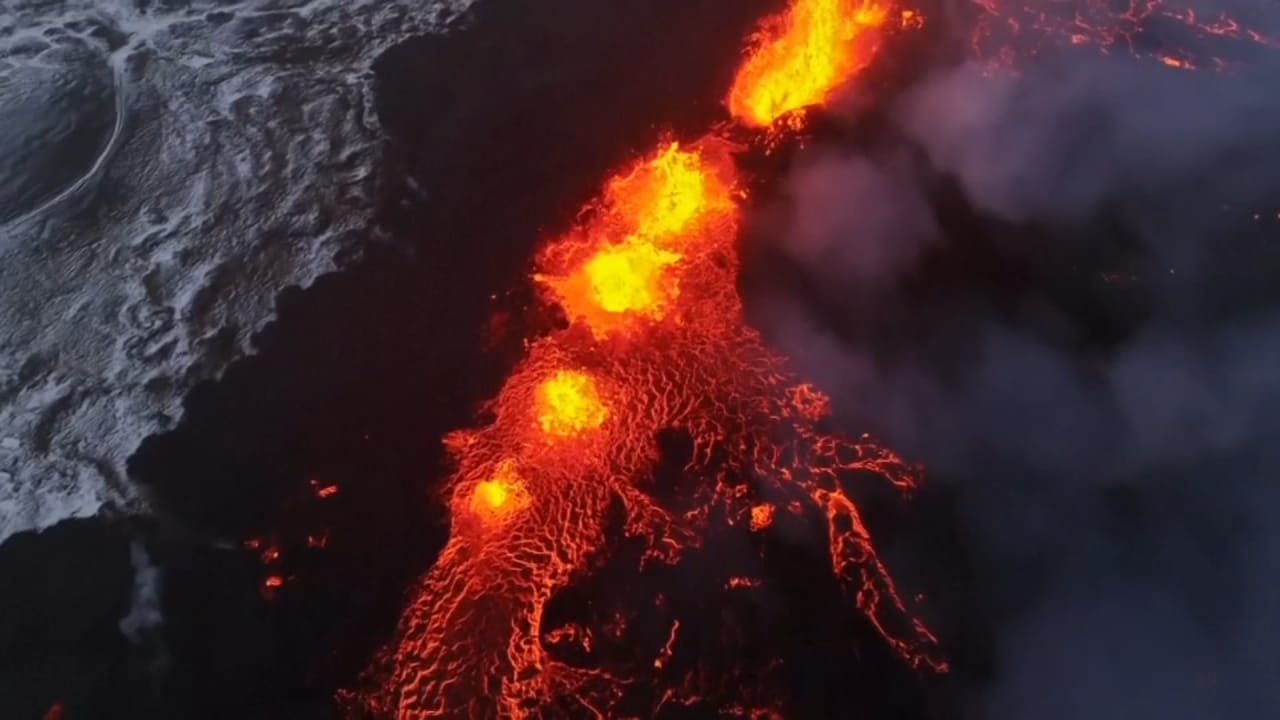Indonesian authorities took swift action on Wednesday as Mount Ruang, a 725-meter volcano situated on Ruang Island, North Sulawesi, unleashed a series of eruptions, prompting fears of a potential tsunami.
The volcanic activity, which began on Tuesday night, intensified with at least five eruptions, propelling fiery lava and ash plumes high into the atmosphere. The country's volcanology agency raised the volcano alert to its highest level, cautioning residents to steer clear of the peak, extending up to 6 kilometers due to concerns of a potential collapse into the sea, reminiscent of the 1871 incident.
Hendra Gunawan, head of the agency, attributed the eruptions to recent seismic activity in the vicinity, noting the increasing force of Mount Ruang's eruptions, with hot clouds reaching approximately 1.7 kilometers. Mount Ruang, characterized as a stratovolcano, is prone to explosive eruptions, a result of gas accumulation within the magma, a common phenomenon among such volcanic structures.

Videos capturing the eruptions depict dramatic scenes of gray ash billowing skyward, accompanied by streams of molten lava and flashes of lightning. Evacuation efforts were promptly initiated, with around 800 residents from Ruang Island relocating to neighboring Tagulandang Island, mindful of potential hazards like falling rocks and hot cloud surges.
As of now, there have been no reported casualties, but authorities remain vigilant, closely monitoring the situation as the volcanic activity unfolds.
Indonesia, boasting a population of 270 million spread across its vast archipelago, stands as a nation defined by its geological dynamism, harboring over 120 active volcanoes, a staggering figure unparalleled elsewhere in the world. Situated along the volatile Ring of Fire, a sprawling 25,000-mile arc encompassing seismic fault lines encircling the Pacific Ocean, Indonesia experiences the relentless churn of tectonic activity.
The cataclysmic events of 2018 stand as a stark reminder of Indonesia's volatile geology. The eruption of Anak Krakatau, a volcanic island born from the remnants of the infamous Krakatoa, culminated in a catastrophic collapse, plunging portions of the island into the surrounding sea. The ensuing tsunami, unleashed by the violent upheaval, wreaked havoc along the coastlines of Java and Sumatra, exacting a devastating toll that claimed the lives of more than 400 individuals.

This tragic episode underscores the perilous intersection of human habitation and the restless forces of nature in Indonesia. With its extensive network of active volcanoes and the constant threat of seismic upheaval, the nation grapples with the perennial challenge of balancing development and safety in the face of geological uncertainty. As Indonesians continue to navigate this intricate relationship with their natural environment, the specter of volcanic activity remains an ever-present reality, shaping the collective consciousness of the nation and underscoring the imperative of preparedness in the face of adversity.



Member discussion: